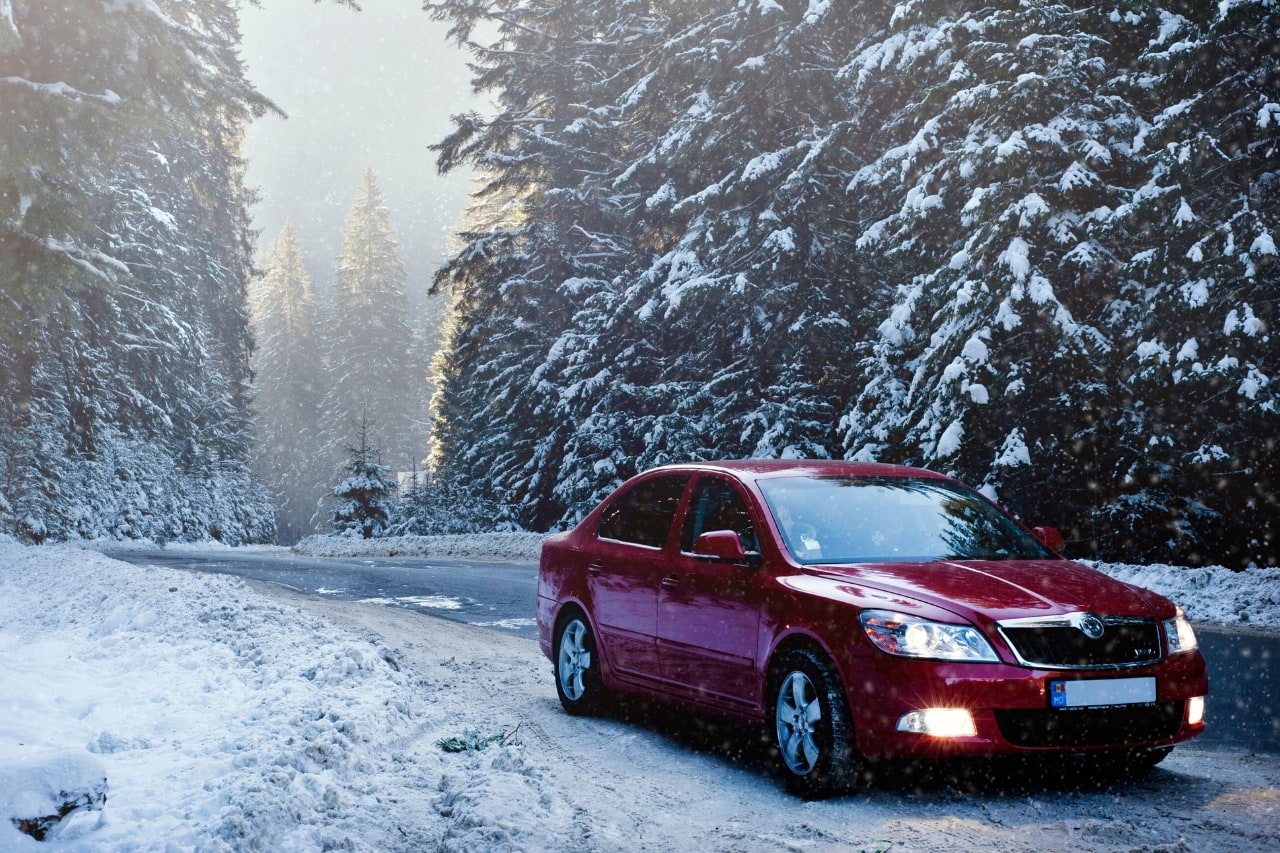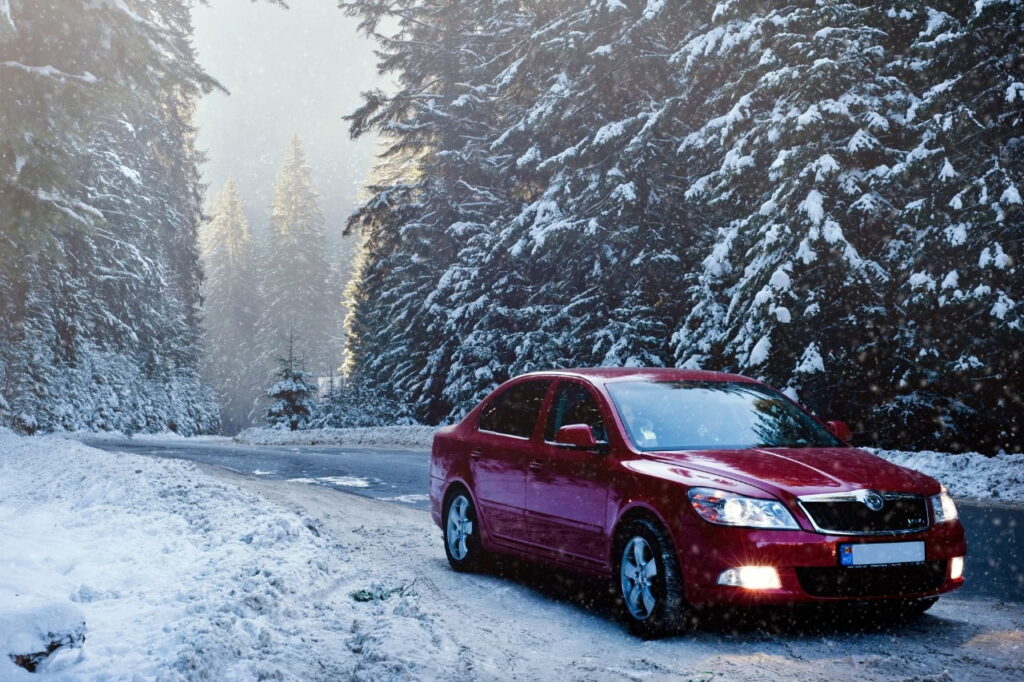Driving in the winter through snow, ice, and colder temps can be cumbersome for even the most experienced of drivers. Teen drivers in particular may be feeling anxious about the cold-weather season ahead, and it’s important that they feel empowered and prepared to drive safely in wintry conditions.
If you are a teen driver – or you have one at home – here is a look at 9 winter driving tips that every driver should know.
9 Winter Driving Tips for Teens
1. Stay ahead of the game by getting a maintenance check-up in the fall
Ahead of the winter season, take your vehicle in for a maintenance check-up. This will give you the peace of mind that your vehicle is ready to face cold weather, and it also gives you plenty of time to make any necessary repairs.
This check-up should confirm that your tires, battery, radiator, brakes, defroster, and wipers are all in good condition and ready for the winter.
2. Understand how to use your wipers and defrosters (and don’t be afraid to practice!)
Knowing how to properly use your wipers, heater, and defroster is very important for the winter season. If you haven’t already, take some time to sit in your car and practice toggling between the different heater/defroster settings. You definitely do not want to have to learn this in the middle of traffic or a blizzard!
3. Take it slow on the road
When driving in icy or snowy conditions, always remember that you need to drive much slower than normal. In addition to driving at a slower speed, you should also avoid sudden movements, and make sure to accelerate and decelerate slowly. This will help to mitigate your risk of sliding or skidding off the road.
4. Follow other vehicles at a larger distance
Even in icy conditions, there will probably still be other drivers on the road. To be safe, try to follow drivers ahead of you at a greater distance than normal. If you have to slow down or stop suddenly, you will be much less likely to bump into any other vehicles.
5. Never use cruise control in icy conditions
Cruise control and wintry conditions just simply do not mix. If you are driving in ice, snow, rain, or sleet, never use the cruise control setting. Using cruise control in these slippery situations puts your vehicle at risk of hydroplaning – and puts you at risk of losing control of your vehicle.

6. Be aware of slippery spots that are difficult to see
When driving in the winter, never assume that a puddle on the road is water. That’s because in some cases, it may be ice! Additionally, always remember that bridges are often much slipperier than regular roads. Even if the roads feel like they are in good condition, drive with caution over bridges to avoid hitting slippery spots.
7. Never warm your car in an enclosed space
When your car is running, never forget that it is releasing toxic fumes into the air that can be potentially deadly. You should never warm up your car in an enclosed space like a garage or carport. Additionally, you should always make sure that your exhaust pipe is clear to prevent fumes from creeping into the inside of your vehicle.
9. Keep cold-weather supplies in your vehicle at all times
You never know when you may be stuck on the side of the road in rough, wintry conditions. Always make sure to keep plenty of basic, cold-weather supplies in your vehicle so that you are prepared for the worst.
In addition to your basic safety kit that you keep in your trunk, you should also include the following winter supplies:
- Flashlight
- Blanket, coat, and gloves
- Snow shovel and ice scraper
- A few bottles of water and cans of food

